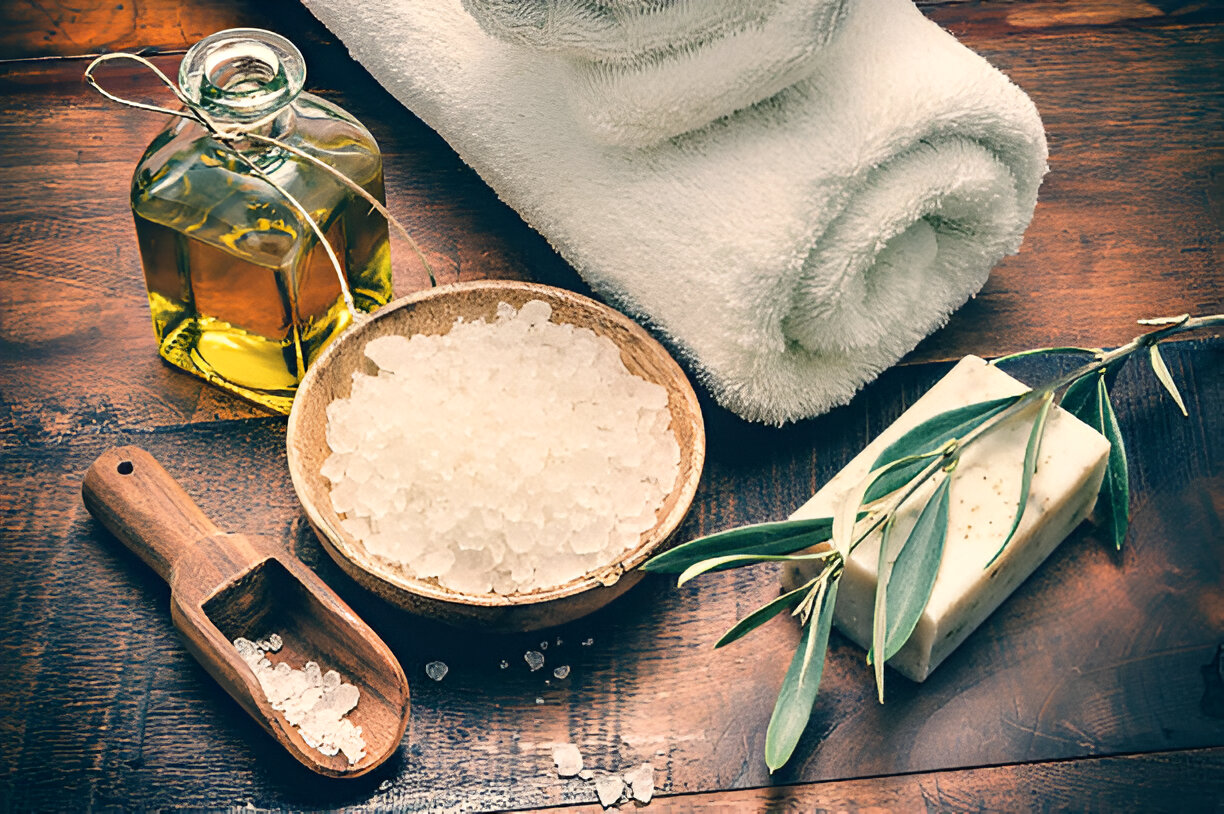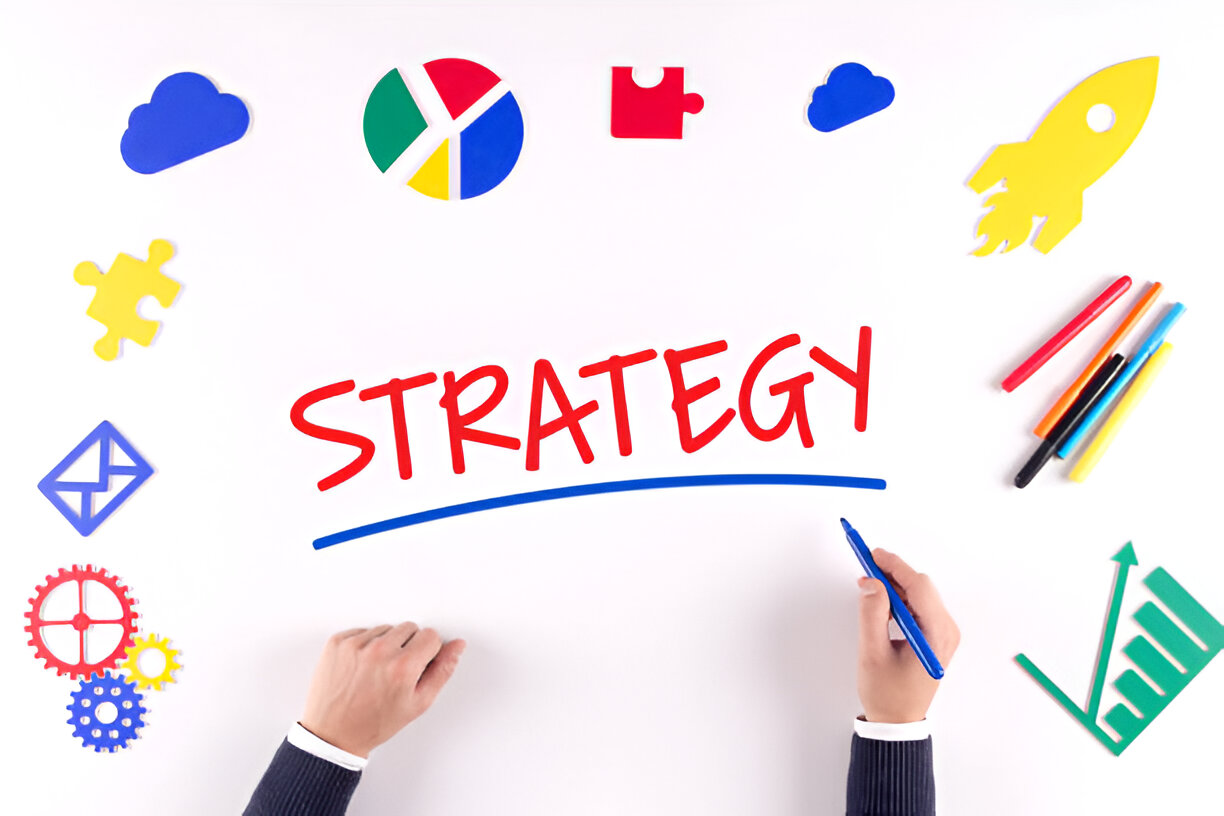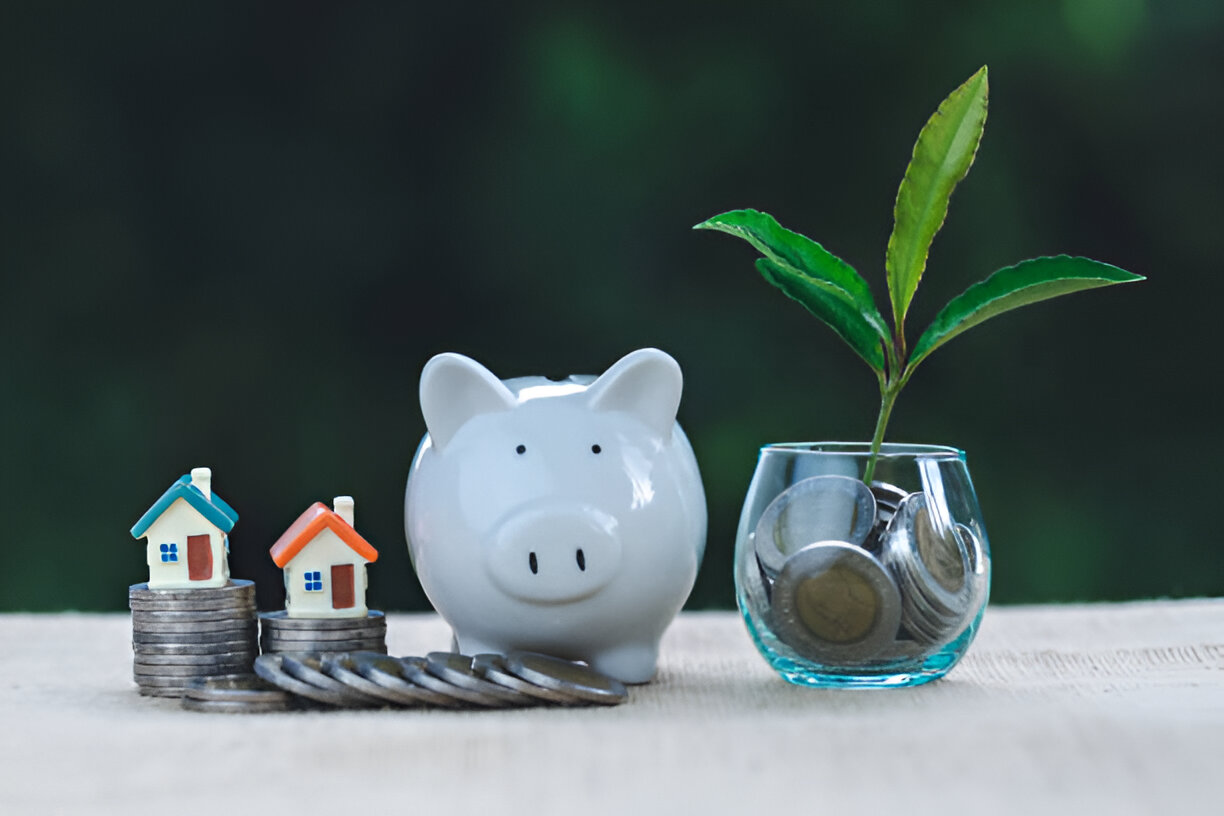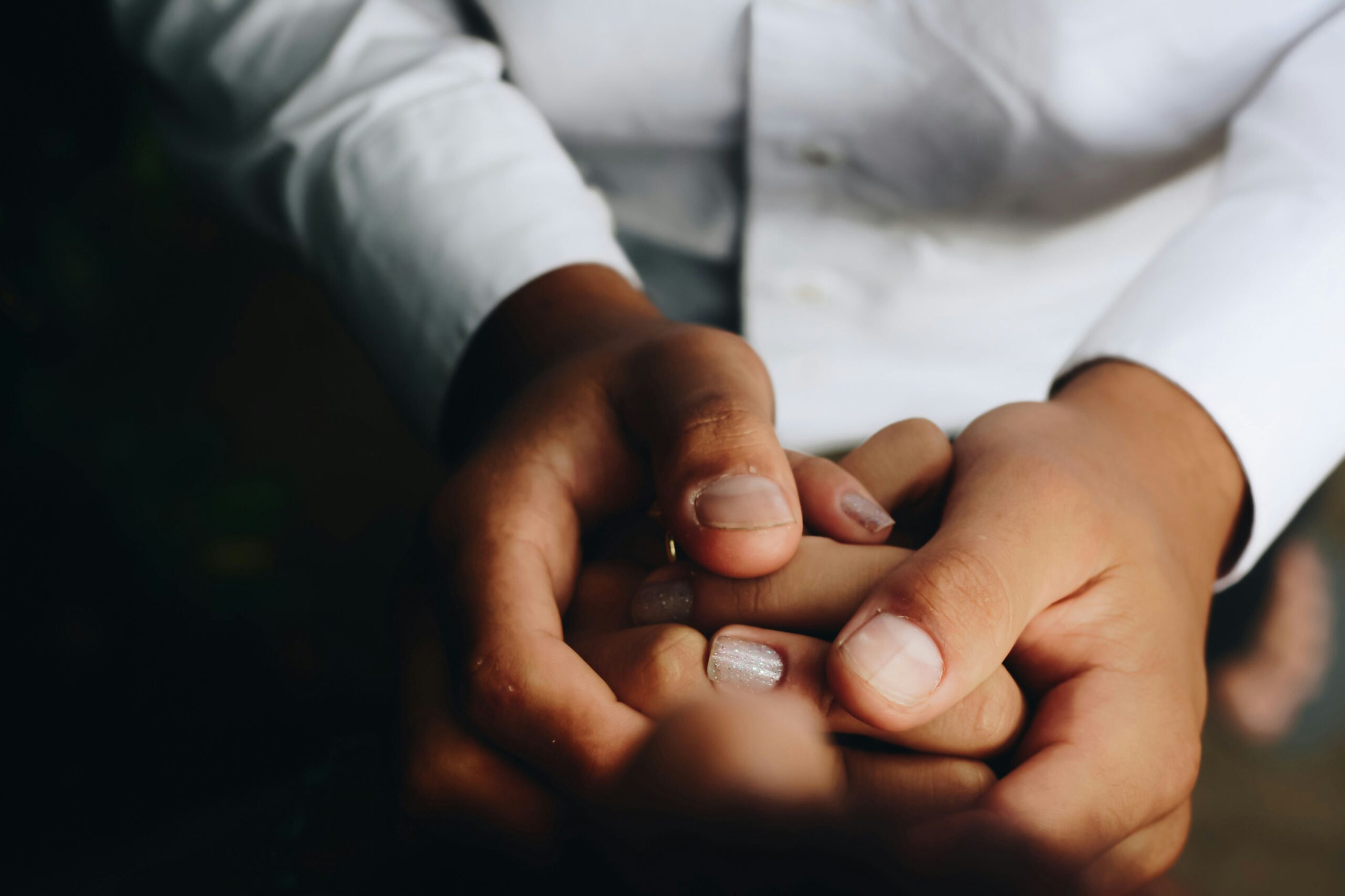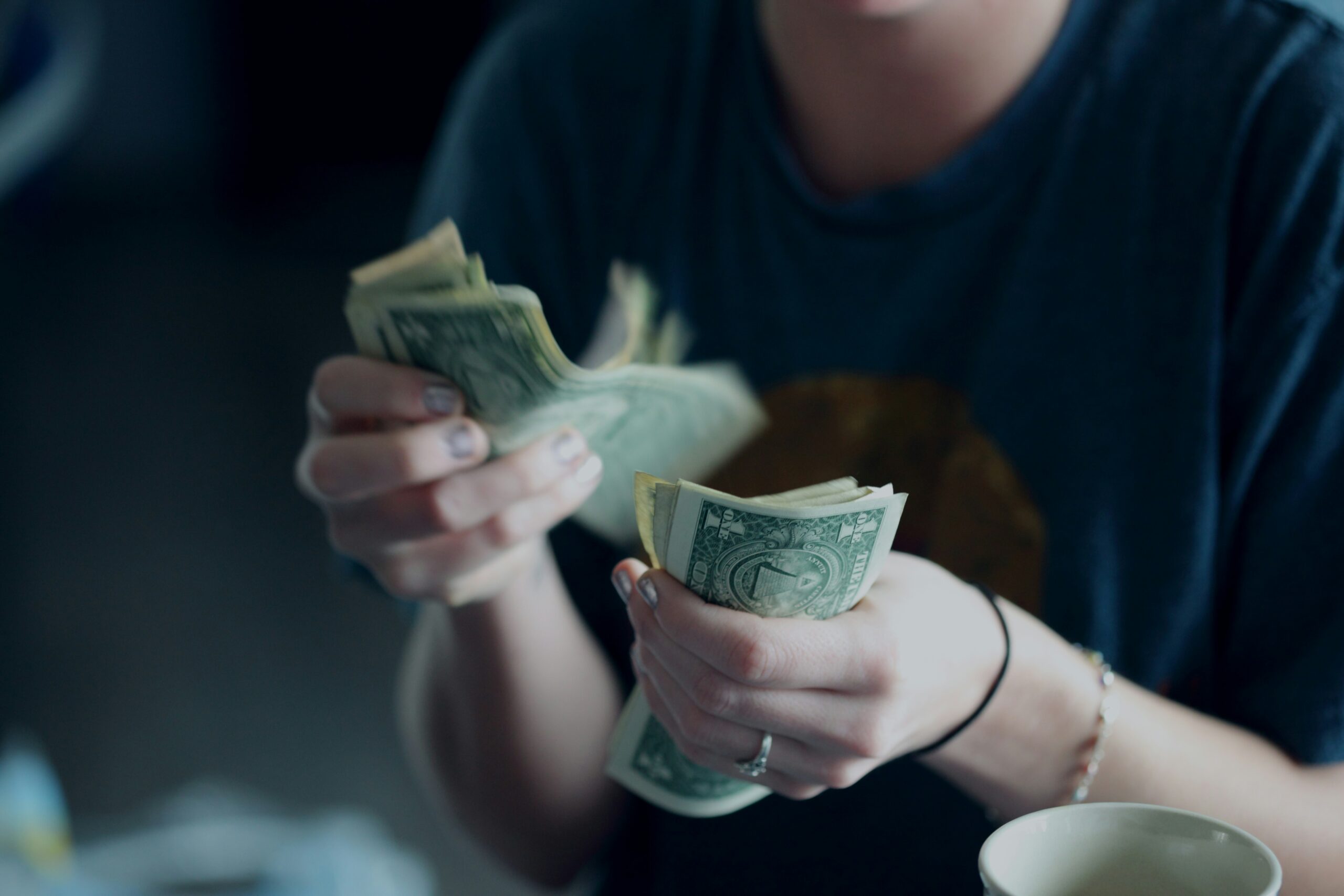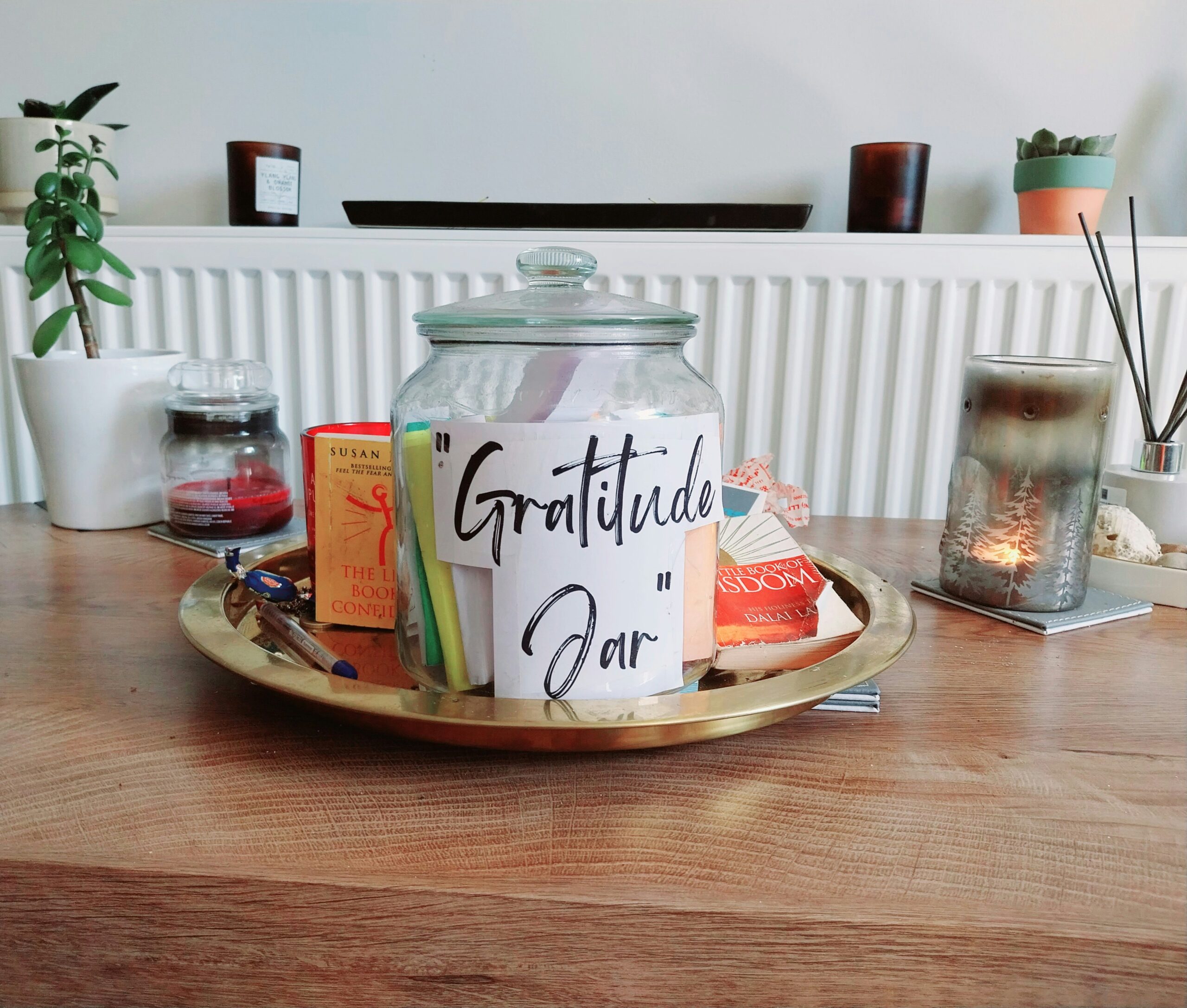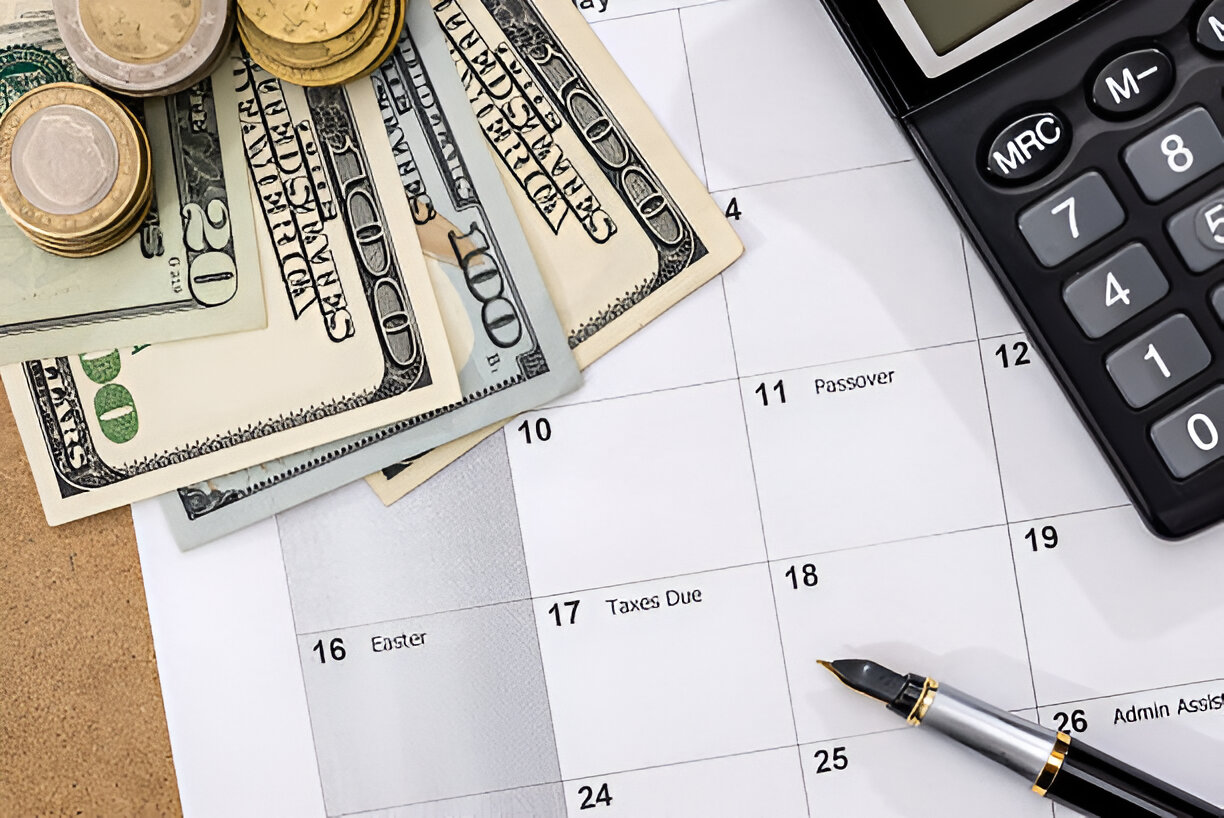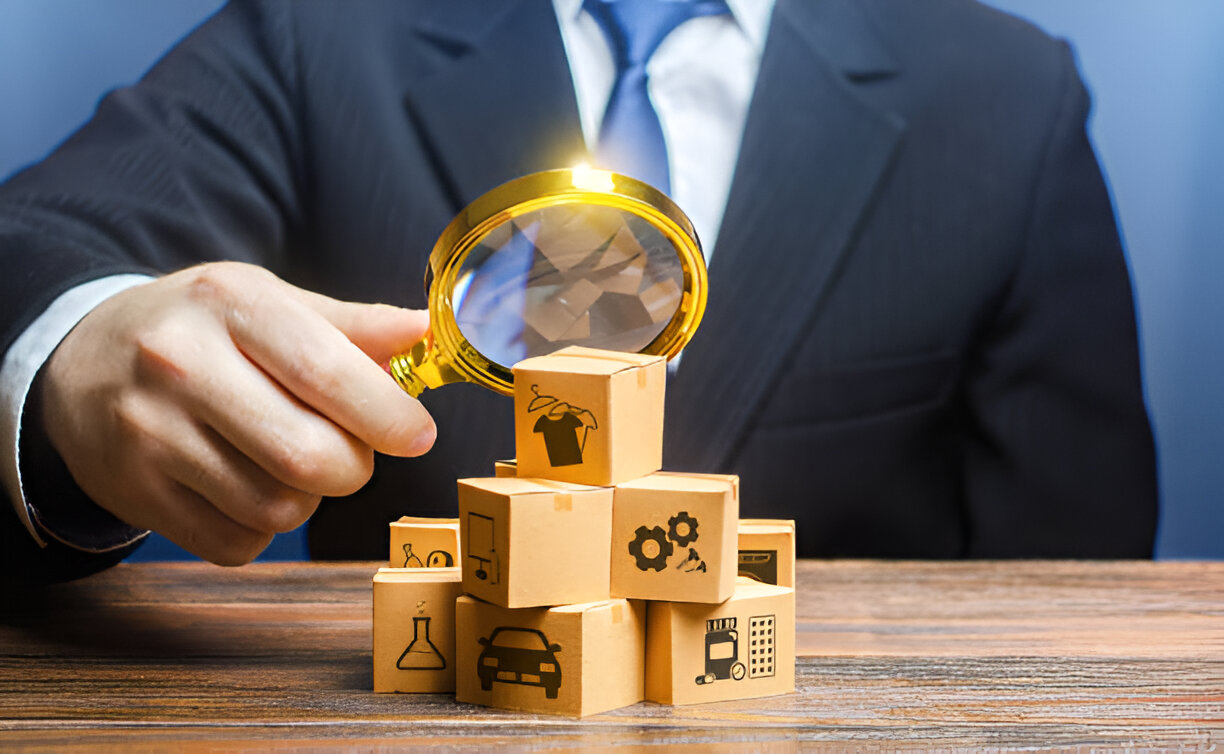
Unfortunately, it can be a scary world out there, and we're not always ready to engage it. Ungar and other experts warn that we've actually become more risk-averse lately. In “Too Safe for Their Own Good,” he cites evidence for this in our arguably overly protective, 21st-century style of parenting, which new research suggests may be stunting our children. “By bubble-wrapping our lives,” he says, “we may inadvertently be taking away opportunities to experience the building blocks of psychosocial growth — which may be the biggest risk of all.”
The fact is, facing things that make us uncomfortable offers a cluster of psychological benefits that Ungar calls “the risk-taker's advantage.” This experience is crucial for anyone who wants to be emotionally resilient, confident, happy, and engaged with life. You don't have to take up parachuting or gambling to reap the rewards, either. You just have to give more attention to those areas that feel challenging — and intriguing — to you, and embrace the adventure of uncertainty. “Do one thing every day that scares you,” Eleanor Roosevelt once said. On the other side of that fear, opportunity awaits.
The Myth of Security
If we think of risk as anything with a questionable outcome, then “pretty much everything we do has some degree of risk to it,” says evolutionary psychologist Daniel Kruger, Ph.D, of the University of Michigan. The world is an inherently risky place with unpredictable twists and turns, regardless of how many safeguards we put into place to avoid them. “Somehow we've gotten the idea that the possibility of safety exists,” says Susan Piver, a meditation teacher and author of “How Not to Be Afraid of Your Own Life.” “We ghettoize risk into certain arenas, as if it had a beginning and an end.”
Risk doesn't start and stop with a skydiving trip or a big career change; it's with us when we make a friend or try a new restaurant. I found this in my own life. Years ago, I lost my savings by keeping it in a bank — the safest place imaginable. When the state savings institutions went bankrupt in a bizarre corruption scandal, my bank failed, and my faith in safety was shaken forever. While I still use a bank, the experience taught me that trying to protect myself completely is a wasted effort.
Facing Fear and Failure
If self-esteem and an ecstatic sense of vitality are the sunny side of risk, fear and failure are the shadowy side. The old adage, “If you're not failing, you're probably not trying hard enough,” certainly applies here, says Ungar, who believes that taking appropriate levels of risk is a positive thing, even if you fail. Certainly, you want to be sure to buffer yourself with safety gear and a backup plan. But, he says, “there has to be at least a perception of challenge and a chance of failure” for you to get anything out of the risk.
The tricky thing about fear, of course, is that sometimes it delivers messages of wisdom (as in, “slow down, you're driving too fast”), while other times it's just a bad habit. The better you know yourself, says Piver, the easier it is to distinguish between helpful fear and hindering fear.
Don't be surprised, by the way, if it seems like relationships hold the most fear-factor potential. “Intimacy is the riskiest thing we do because we have to show ourselves,” says Piver. “There's no safe way to do it, and it's the quest to make it safe that screws everything up.” In order to leverage this risk, says Susan Jeffers, Ph.D., author of “The Feel the Fear Guide to Lasting Love,” approach relationships as opportunities to learn and grow — nothing more, nothing less. Use them to learn about yourself, practice your problem-solving skills, and become a more loving person, no matter what happens in the end.
Discomfort, Not Danger
When we think of risk, images of hang gliding and rock climbing may come to mind — activities in which one false move can mean death of the most dramatic kind. But risk doesn't need to involve danger; it need involve only uncertainty. Kruger defines it as “activities with uncertain outcomes” — and they aren't necessarily bad. “There are possible positive outcomes to risks as well,” he says. “Otherwise, why would we take them?”
For Ungar, risk is “whatever gives you that ‘ping' feeling where you wonder what's going to happen next.” Some people get a ping from bungee jumping, others from public speaking. You might think nothing of trading millions in hedge funds, for example, but balk at the thought of trying a new place to vacation. Big-wave rider Sarah Gerhardt, the first woman to surf the massive waves at northern California's notorious Mavericks surf break, says that being filmed for a documentary was an even greater challenge. “To be in front of the camera talking about myself was a risk, because I didn't feel in control,” she says. This underscores how subjective risk really is: We all know what it feels like, but examples will vary depending on whom you ask.
The Rewards of Risk
“The best learning happens just beyond our comfort zone,” Ungar explains. Psychologists call this a “zone of proximal development,” and when you're in it, you're poised to reap the emotional rewards of risk-taking.
That's what happened to Sandy Shiner, an education consultant. If she hadn't left her Virginia teaching job for a year of wandering solo around the western states, she may never have discovered her true passions: backpacking, bicycling, and California, which she now calls home. Indeed, research shows that risk-takers like Shiner are more likely to feel accepted, responsible, trustworthy, and capable. The sense of satisfaction comes from trying something new and proving yourself up to the task. You get to know, with the understanding that can come only from experience, how competent and capable you really are.
Perhaps the most immediate benefit of risk is that it's simply plain fun. Neuroscientists explain this bliss with biochemistry: New, challenging, and risky activities trigger the release of dopamine, a feel-good neurotransmitter that's part of the brain's reward system. Call it the ultimate antidote to boredom — it's the best way I know of to wake up and feel fully and ecstatically alive. You believe you have a say in your destiny rather than being dominated by your circumstances. In that way, every chance we take teaches us something about ourselves.
Get
risk-taking tips
.
Text by Frances Lefkowitz





